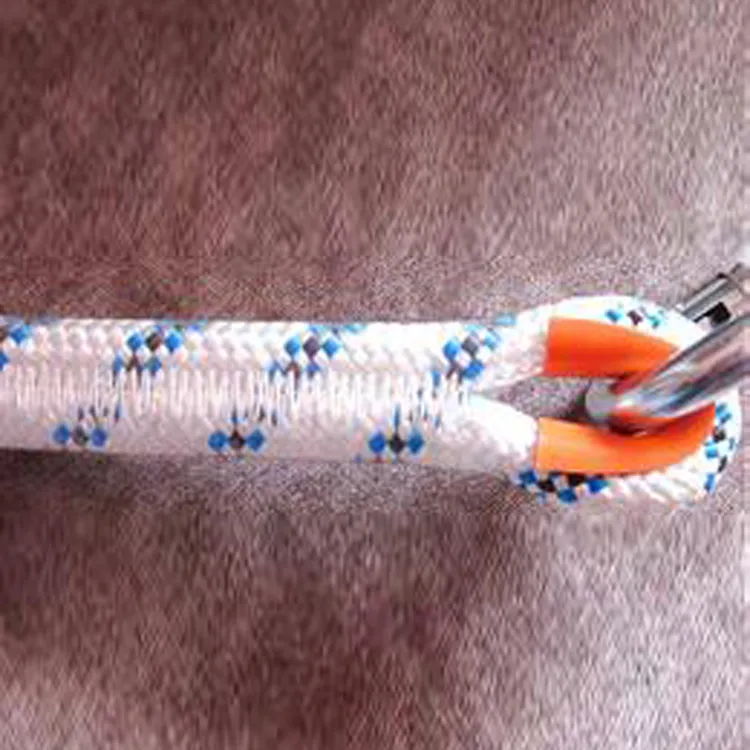sewing machine thick fabric layers
Sewing Machine for Thick Fabric Layers A Comprehensive Guide
Sewing machines are indispensable tools for both professional tailors and enthusiastic hobbyists. Whether you're making heavy-duty items like upholstery, jackets, or quilts, working with thick fabric layers poses unique challenges that require specific techniques and equipment. This article delves into the best practices and considerations when sewing thick fabric layers, ensuring you can tackle your projects with confidence.
Understanding Thick Fabrics
Thick fabrics such as denim, canvas, leather, and multi-layer quilted materials require a different approach compared to lighter fabrics. These materials can be cumbersome, making them tricky to sew with standard machines. The thickness of the fabric impacts the needle, thread, and stitching techniques you should use. It’s essential to recognize these differences to avoid frustration and ensure a professional finish.
Choosing the Right Sewing Machine
Not all sewing machines are created equal when it comes to handling thick fabrics. Here are some key features to look for
1. Heavy-Duty Models Invest in a sewing machine specifically designed for heavy fabrics. Machines like those from brands such as Singer or Brother often come with reinforced mechanisms capable of penetrating multiple layers of thick fabric.
2. Powerful Motor A motor with sufficient power is crucial. Look for machines with at least 1.0 amp motors for reliable performance when sewing through layers.
3. Adjustable Presser Foot Pressure A machine that allows you to adjust the presser foot pressure provides better control over thick fabrics. This feature ensures that the foot applies just enough pressure to hold the fabric in place without causing uneven feeding.
4. Walking Feet Walking feet or feed dogs are essential when working with thick layers, as they help to move the fabric through the machine evenly, preventing slipping and puckering.
5. Needle Options A variety of needle sizes and types, particularly heavy-duty or leather needles, are vital for penetrating multiple layers. Ensure your machine supports these needles for the best results.
Selecting the Right Thread and Needle
sewing machine thick fabric layers

When sewing thick fabrics, the right thread and needle are critical for achieving a durable seam.
- Thread Opt for strong polyester or nylon thread, which offers greater strength and flexibility than standard cotton thread. This choice ensures that your seams can withstand the stress that comes from working with thick layers.
- Needle Use a larger needle size, preferably between 90/14 to 110/18, depending on the thickness of the fabric. A universal or a specialty needle designed for heavy materials will help you avoid needle breakage and skipped stitches.
Techniques for Success
1. Prepping Your Fabric Before you start sewing, pre-wash and press your fabric. This step ensures that any shrinkage occurs before construction, leading to a more accurate final fit.
2. Pinning and Clipping Use plenty of pins or clips to hold the fabric layers together. This practice prevents slipping and misalignment. Consider using clover clips for extra grip on thick layers.
3. Test Sewing Always perform a test stitch on a scrap piece of the same fabric. This allows you to adjust tension and stitch length settings before committing to your main project.
4. Slow and Steady Take your time when sewing through thick layers. Slow and steady movements allow for better control and more precise stitches. If your machine starts to struggle, don’t hesitate to adjust the speed.
5. Use the Right Foot Consider utilizing a walking foot or a roller foot when sewing thick layers. This addition helps maintain consistent tension and prevents the fabric from shifting during sewing.
Conclusion
Sewing thick fabric layers can be daunting, but with the right sewing machine, tools, and techniques, it becomes a gratifying endeavor. Whether you’re creating a sturdy bag, a quilt, or upcycling materials, following the above tips will ensure your success, helping you to produce beautiful and durable results. Happy sewing!
-
Leather Sewing Machine: The Industrial Standard for Tough MaterialsNewsJul.18,2025
-
Sail Making Machine: Heavy-Duty Stitching for Industrial and Marine NeedsNewsJul.18,2025
-
Sling Sewing Machine: The Backbone of Heavy-Duty FabricationNewsJul.18,2025
-
Leather Sewing Machine: Precision for Heavy-Duty StitchingNewsJul.18,2025
-
Big Bag Sewing Machine: Powering the Future of Bulk PackagingNewsJul.18,2025
-
FIBC Sewing Machine: Essential Equipment for Bulk Bag ProductionNewsJul.18,2025
-
Heavy Duty Leather Sewing Machine: A Must-Have for Professional LeatherworkNewsMay.28,2025





























